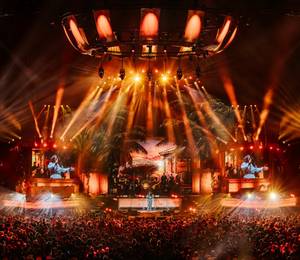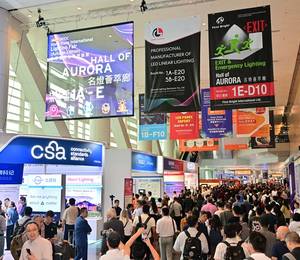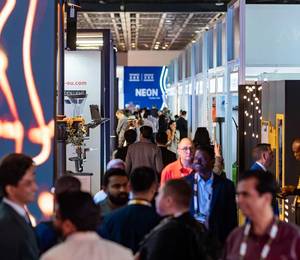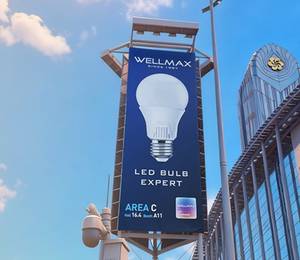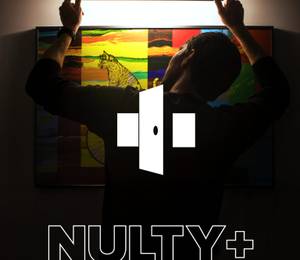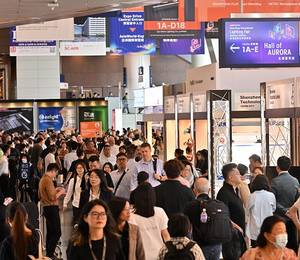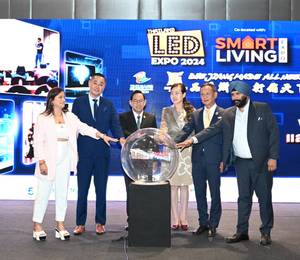Medford, Massachusetts, USA – The DesignLights Consortium (DLC) has released for comment the first draft of new product specifications proposed to identify and promote outdoor LED lighting that is both energy efficient and shields the night sky from light pollution.
Announced during the International Dark Sky Week and informed by a Light Usage for Night Applications (LUNA) Advisory Group convened last month, the draft LUNA Technical Requirements are intended to mitigate the negative impacts of lighting at night, while providing appropriate visibility for people and limiting negative environmental impacts. The DLC is requesting and will accept comments on the draft policy through May 21.
“Protecting the night sky can be achieved and is consistent with our mission of increased energy optimisation, with a focus on quality, people and the environment. The DLC is excited to take this first step to distinguish lighting products that lessen the negative impacts of artificial light at night,” DLC Executive Director and CEO Christina Halfpenny said. “We thank the members of our LUNA Advisory Group for lending their expertise to these draft technical requirements and look forward to continued work with them and other stakeholders as we implement this new policy.”
The draft LUNA Technical Requirements will allow users of the DLC’s Solid-State Lighting Qualified Products List (QPL) to identify qualified products that are also designed to minimise light pollution. Scores of energy efficiency programmes across North America use the QPL as the basis for commercial and industrial lighting product incentives, as well as municipal lighting programmes. The LUNA programme and these draft requirements will establish performance specifications and best practices meant to:
Set thresholds for light distribution, spectral characteristics and dimming control that decrease light scattered into the atmosphere to reduce sky glow and light trespass and enable more controlled illumination and darker skies to benefit wildlife and stargazers alike;
Ensure efficient use of lighting energy through additional dimming and control requirements to help efficiency programmes meet savings goals and end users reduce operational costs;
Enable lighting specifiers to select the right product for each application, ensuring appropriate visibility for people.
LUNA Advisory Group members who helped develop the proposed policy include Pete Strasser of the IDA; Terry McGowan of Lighting Ideas, Inc.; Naomi Miller of Pacific Northwest National Laboratory; Gayathri Unnikrishan of the International WELL Building Institute pbc; Alex Baker of the Illuminating Engineering Society; Kevin Fitzmaurice of Georgia Power, and Jim Benya of Benya Burnett Consultancy.
